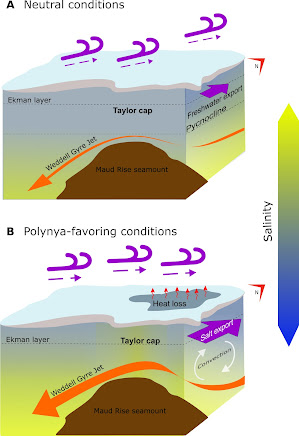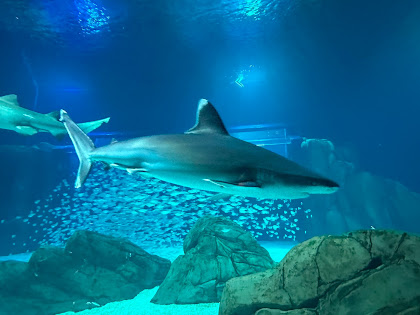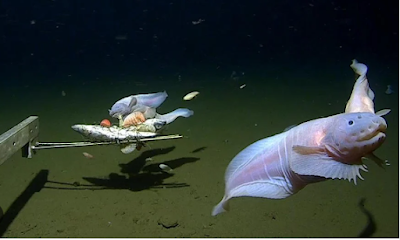Antarctica Sea Ice Mystery? The Truth Behind the Enormous Ice Gap

Scientists have discovered evidence for the open-ocean polynya formed over the Maud Rise, in the Wendell Sea, during the winters of 2016-2017. The study reveals the key process on how the polynya was able to form and persist for several weeks. The team of researchers from the University of Southampton, the University of Gothenburg and the University of California San Diego studied the Maud Rise polynya. They found that the polynya was brought on by interactions between the wind, ocean flow and geography resulting in vertical missing of the heat and salt towards the sea surface. Polynyas are openings in the winter sea ice that act like giant vents, exposing the warm water below to the freezing air above. Coastal Polynyas are regular visitors along the Antarctic coast where strong winds push sea ice away from the land, creating open water. Open-Ocean Polynyas are rare events that occur in the middle of the Southern Ocean. They are often linked to changes in the ocean's saltiness, w




